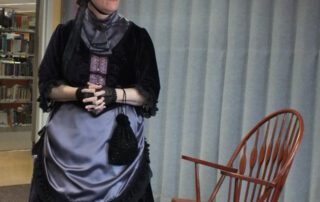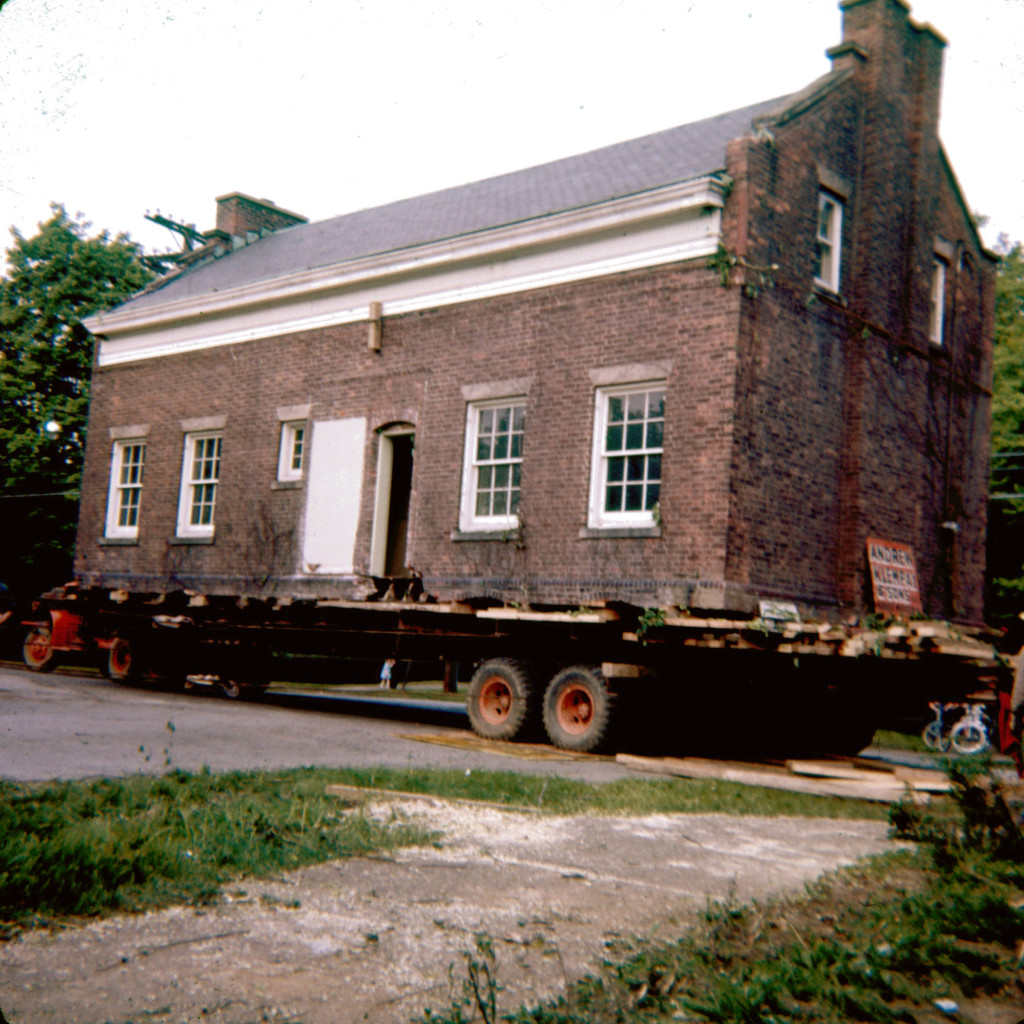Meet Lucretia Garfield: An Ohio Girl in Washington
See history through the illuminating eyes of First Lady Lucretia Garfield!
Debbie Weinkamer, a historical reenactor from We Made History, performs as Garfield and share stories from her life in Washington D.C. from the 1860s to 1880s. As you might already know, Lucretia was the wife of U.S. Congressman, President and Mentor native James A. Garfield.
Lucretia Garfield grew up a shy farmer’s daughter from Garrettsville, Ohio, and was hesitant to put her family in the “fishbowl” of Washington D.C. for reporters and socialites to critique.
Debbie (as Lucretia) will return to the library when our Civil War series continues on Wednesday, May 11. She’ll discuss what the home front was like in Hiram, Ohio, while her husband James A. Garfield and brothers fought in the Civil War. The program is free to attend. You can register to attend on our website.


